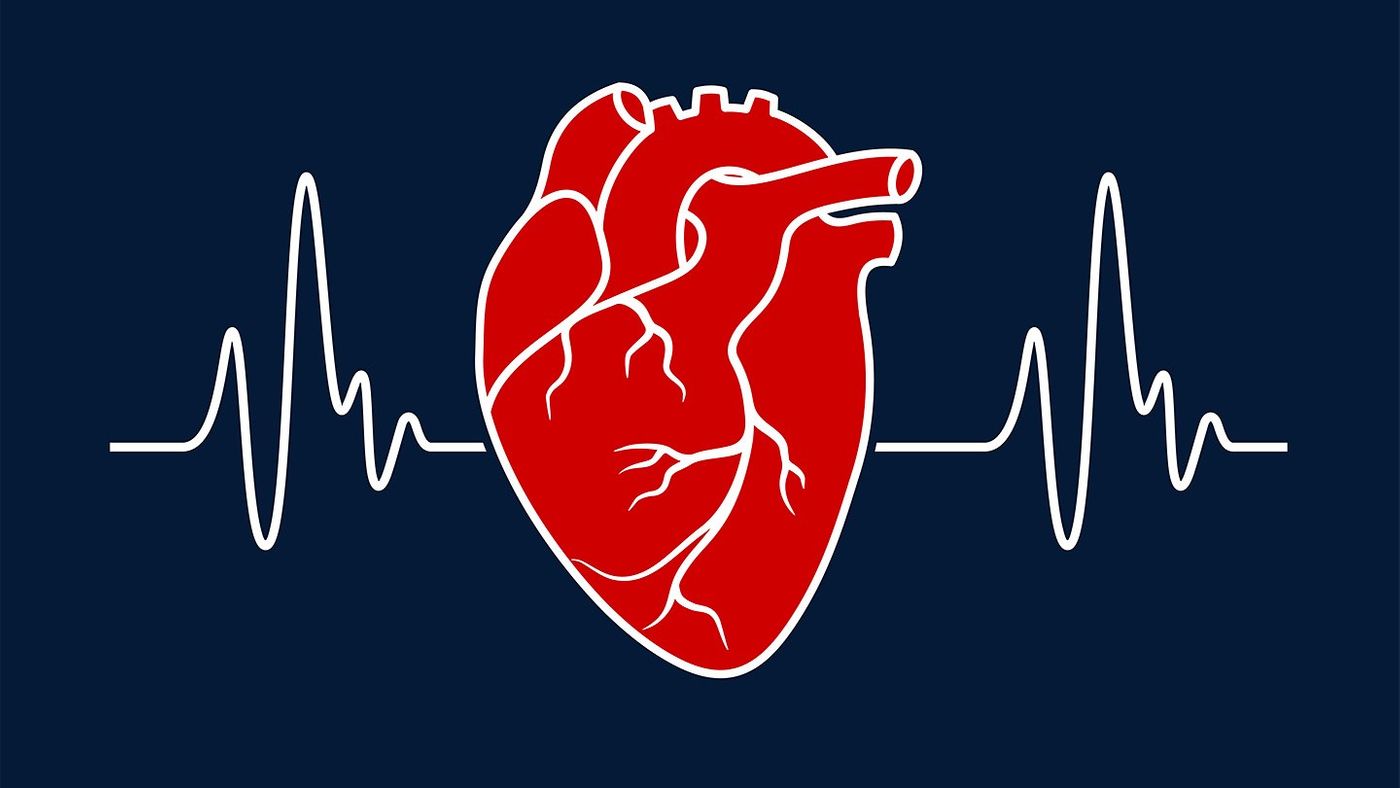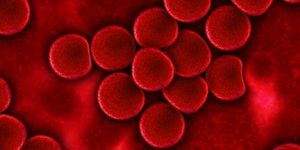The Best Is Yet To Come for Heart Failure Treatments
A careful balance must be struck between various pathways in the body, or adverse cardiac events like heart attacks and strokes can occur, and diseases like heart failure can develop. University of Alberta scientists are in the business of studying this balance, and their recent discovery of a new molecule makes balancing ten times easier.
When an individual’s heart can no longer pump enough blood to adequately supply the body tissues with oxygenated blood, the condition is called heart failure. Early diagnosis and treatment gives heart failure patients the best chance at a longer, more fulfilling life, but even the most advanced treatments are focused on reducing symptoms and preventing progression, rather than a cure.
The discovery
The University of Alberta discovery is that of a molecule called angiotensin converting enzyme 2 (ACE2) which, as its name suggests, negatively alters a hormone called angiotensin. This hormone is part of a pathway called the renin-angiotensin system (RAS) that is activated during heart failure. So naturally, drugs targeting RAS are used to treat heart failure, and ACE2 could be the next molecule for development.
What does “RAS” have to do with heart failure?
RAS is a master regulator of several physiological activities, mainly keeping the sodium balance, regulating fluid volume, and managing blood pressure. The last activity is especially important for cardiovascular disease, but RAS is also activated in the kidneys and central nervous system. Thus, inhibitors of RAS are also used to treat kidney disease.
Researchers used a novel genetic mapping technology to observe how RAS is involved in both acute and chronic heart failure, including heart transplant patients with heart failure. As a negative regulator of angiotensin, ACE2 can be used to improve all types of heart failure situations.
New heart failure drugs
Based on their research, University of Alberta outlined the steps necessary to create a new drug based on recombinant human ACE2, and it is expected to be on the market within three to five years.
In addition to the new ACE2 drug, the same genetic mapping technology used in this study boosts the potential of individualized medicine for heart failure drugs, providing personalized options to patients on a case-by-case basis.
The recent study was published in Journal of the American College of Cardiology.
Sources: Comprehensive Physiology, American Heart Association, National Heart, Lung, and Blood Institute, University of Alberta Faculty of Medicine & Dentistry









